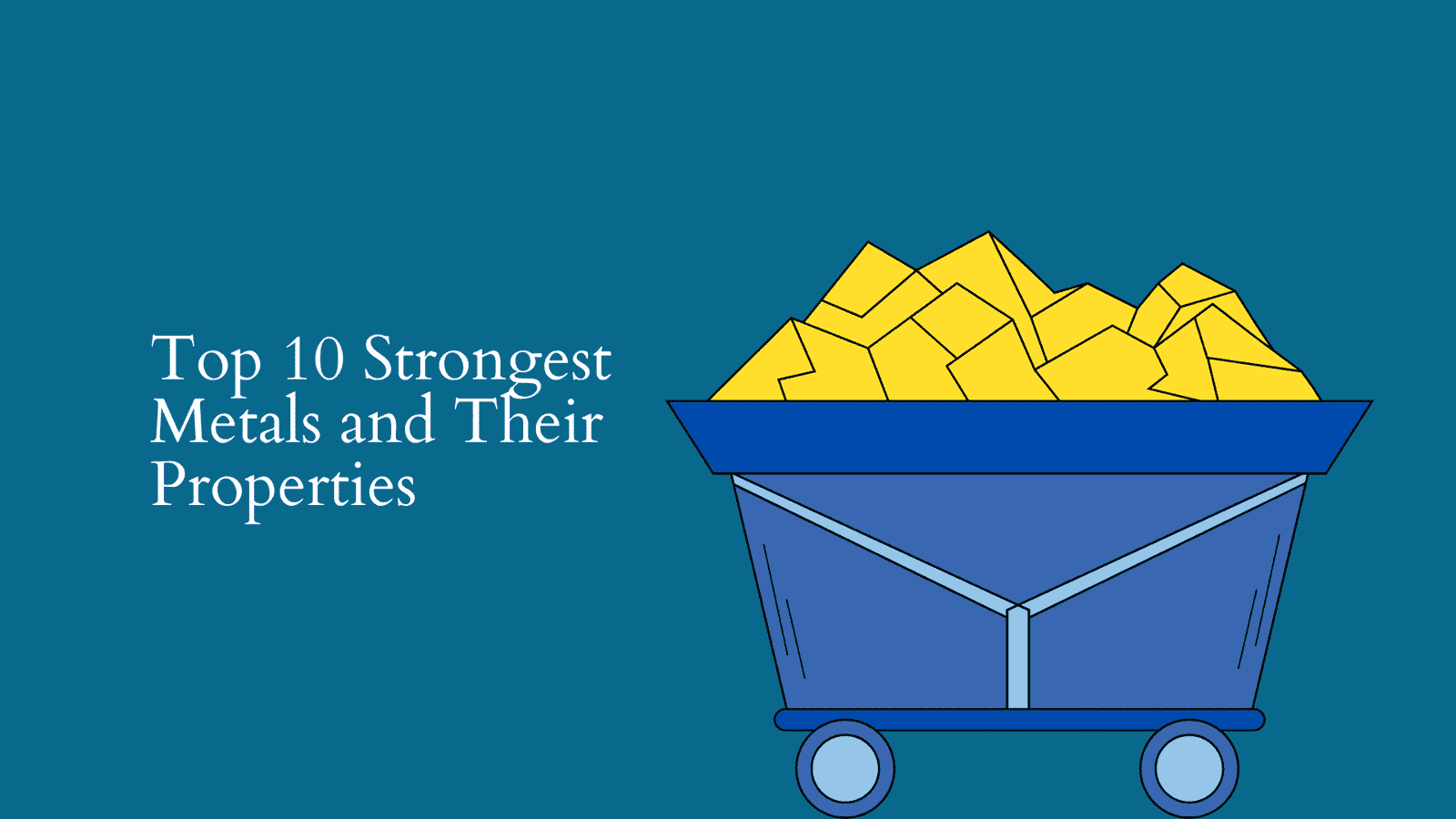Discover the top 10 direct selling marketing company, such as Amway, and their strategies. Amway offers products and entrepreneurs personal development opportunities.
A Comprehensive Guide to the Top 10 Direct Selling Marketing Companies
Direct selling has become a popular way for individuals to start their businesses and sell products directly to customers. Here is a comprehensive guide to the top 10 direct selling marketing companies:
Amway
Founded in 1959, Amway is one of the largest direct selling companies in the world. It offers a wide range of products, including health and beauty, household, and personal care items. Amway known for its extensive network of independent business owners who market the products to a global customer base. The company’s emphasis on entrepreneurship and personal development has attracted many individuals to join its direct selling model.
Avon Products, Inc.
Avon is a well-known direct selling company that focuses on beauty, household, and personal care products. It was founded in 1886 and has a strong global presence. Avon has played a significant role in empowering women to become entrepreneurs through its direct selling platform. The company has a rich history of providing high-quality beauty products and has expanded its offerings to meet the diverse needs of its customers.
Herbalife Nutrition
Herbalife Nutrition specializes in nutrition and weight management products. The company was founded in 1980 and has a network of independent distributors around the world. Herbalife’s focus on health and wellness has resonated with individuals looking to improve their well-being while also pursuing entrepreneurship. The company’s products and business opportunity have made it a prominent player in the direct selling industry.
Mary Kay Inc.
Mary Kay is a leading beauty and skincare direct selling company founded in 1963. It offers a wide range of products and emphasizes empowering women entrepreneurs. Mary Kay has established a strong reputation for its skincare and cosmetic offerings, as well as its commitment to supporting women in business. The company’s direct selling model has provided countless individuals with the opportunity to build their beauty businesses.
Tupperware Brands Corporation
Tupperware is known for its innovative kitchen and home products. The company was founded in 1946 and has a strong direct selling business model. Tupperware’s iconic food storage containers and kitchen solutions have been popular among consumers for decades. The company’s direct selling approach has allowed individuals to demonstrate the functionality of its products while building their businesses.
Nu Skin Enterprises, Inc.
Nu Skin focuses on anti-aging and skincare products, as well as nutritional supplements. It was founded in 1984 and operates in multiple countries. Nu Skin’s product offerings and commitment to scientific innovation have positioned it as a leader in the health and wellness segment of the direct selling market. The company’s global reach has provided entrepreneurs with the opportunity to promote sought-after products to a diverse customer base.
Ambit Energy
Ambit Energy provides electricity and natural gas services in deregulated energy markets. It offers a unique direct selling opportunity in the energy sector. Ambit Energy’s disruptive approach to the traditional energy market has created a distinctive opportunity for individuals seeking to enter the direct selling industry. The company’s focus on essential services has allowed independent consultants to offer valuable energy solutions to residential and commercial customers.
Young Living Essential Oils
Young Living is a prominent direct selling company offering essential oils and wellness products. It was founded in 1993 and has a loyal customer base. Young Living’s commitment to pure, quality essential oils and holistic wellness solutions has garnered a dedicated following. The company’s direct selling model has empowered individuals to share the benefits of essential oils while building their businesses.
Vorwerk
Vorwerk is a German company known for its household products, including the popular Kobold vacuum cleaners. It operates a successful direct selling business model. Vorwerk’s innovative home and kitchen appliances, alongside its direct selling approach, have provided entrepreneurs with the opportunity to showcase and sell high-quality products to consumers. The company’s reputation for engineering excellence has contributed to its success in the direct selling industry.
Market America
Market America is a diversified company that offers a wide range of products, including health and nutrition, cosmetics, and household care items. It has a strong presence in the direct selling industry. Market America’s extensive product portfolio and entrepreneurial opportunities have attracted individuals looking for diverse offerings in the direct selling space. The company’s emphasis on technology and product development has provided independent business owners with a platform to market popular consumer goods.
These companies offer diverse product lines and business opportunities for individuals interested in direct selling. Each company has its unique selling points and compensation plans. Making them popular choices for entrepreneurs looking to start their direct selling businesses. The direct selling industry continues to evolve, providing individuals with flexible entrepreneurial paths and access to a wide array of consumer products and services.
Understand the synergy between direct marketing and selling, and how combining these strategies can create a seamless customer experience.
Top 10 Direct Selling Marketing Companies: A Comparison Guide
Direct selling has become a popular way for individuals to start their businesses and sell products directly to customers. Here’s a comprehensive comparison of the top 10 direct selling marketing companies:
| Company | Founded | Specialization | Unique Selling Point |
|---|---|---|---|
| Amway | 1959 | Health and beauty, household, and personal care items | Extensive network of independent business owners, emphasis on entrepreneurship and personal development |
| Avon Products, Inc. | 1886 | Beauty, household, and personal care products | Empowering women to become entrepreneurs, high-quality beauty products, commitment to supporting women in business |
| Herbalife Nutrition | 1980 | Nutrition and weight management products | Focus on health and wellness, business opportunity, prominent player in the direct selling industry |
| Mary Kay Inc. | 1963 | Beauty and skincare products | The direct selling approach allows individuals to demonstrate the functionality of its products |
| Tupperware Brands Corporation | 1946 | Kitchen and home products | Empowering women entrepreneurs, a strong reputation for skincare and cosmetic offerings |
| Nu Skin Enterprises, Inc. | 1984 | Focus on health and wellness, business opportunity, a prominent player in the direct selling industry | Commitment to scientific innovation, leader in the health and wellness segment of the direct selling market |
| Ambit Energy | Information Not Available | Electricity and natural gas services in deregulated energy markets | Unique direct selling opportunity in the energy sector, focus on essential services |
| Young Living Essential Oils | 1993 | Essential oils and wellness products | Commitment to pure, quality essential oils and holistic wellness solutions, empowering individuals through direct selling |
| Vorwerk | Information Not Available | Household products, including Kobold vacuum cleaners | Innovative home and kitchen appliances, reputation for engineering excellence |
| Market America | Information Not Available | Health and nutrition, cosmetics, and household care items | Extensive product portfolio, emphasis on technology and product development |
These companies offer diverse product lines and business opportunities for individuals interested in direct selling. Each with its unique selling points and compensation plans.
How to Market Direct Selling Companies Publicly
To market direct selling companies publicly, a multi-faceted approach can be highly effective. Here are some strategies to consider:
- Social Media Marketing: Utilize platforms like Facebook, Instagram, and LinkedIn to showcase products, share success stories, and connect with potential entrepreneurs and customers.
- Influencer Partnerships: Collaborate with influencers or brand ambassadors to promote the products and business opportunities authentically to their followers.
- Content Marketing: Create compelling blog posts, videos, and other content that highlight the benefits of the products and the entrepreneurial aspects of joining the direct selling company.
- Live Demonstrations and Events: Host or participate in live product demonstrations, workshops, and events to engage with the community and showcase the products and business model.
- Public Relations: Engage with media outlets and industry publications to share success stories, company milestones, and the positive impact of the products and business opportunities.
- Community Involvement: Participate in local events, sponsorships, and community initiatives to increase brand visibility and foster goodwill within the community.
By utilizing these strategies, direct selling companies can effectively market themselves to the public. Increasing brand awareness and attracting potential entrepreneurs and customers.
This comprehensive guide provides an overview of the top 10 direct selling marketing companies. Their unique selling points, and strategies for marketing them publicly. Each company offers distinct opportunities for entrepreneurs interested in the direct selling industry. While providing valuable products and services to consumers.
By utilizing these strategies, direct selling companies can effectively market themselves to the public, increasing brand awareness and attracting potential entrepreneurs and customers.
Summary
The content provides a comprehensive guide to the top 10 direct selling marketing company, highlighting their founding years, product offerings, and their impact on entrepreneurship. It emphasizes their unique selling points and the opportunities they offer to individuals interested in direct selling. Additionally, the content outlines strategies for marketing direct selling companies publicly, including social media marketing, influencer partnerships, content marketing, live demonstrations and events, public relations, and community involvement. These strategies aim to increase brand visibility and attract potential entrepreneurs and customers.











